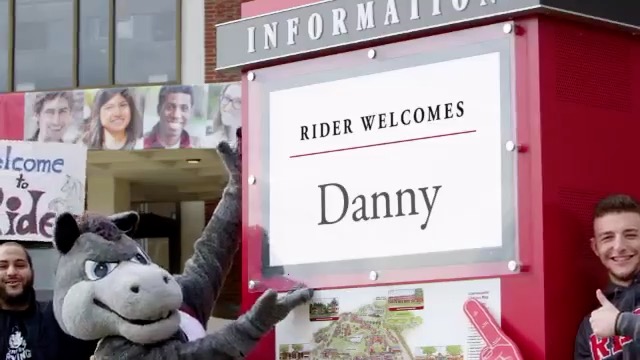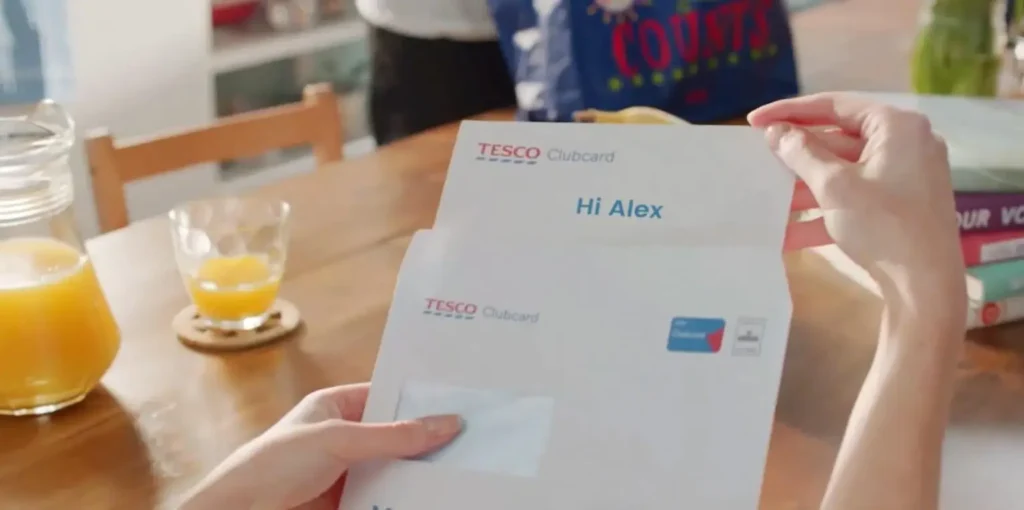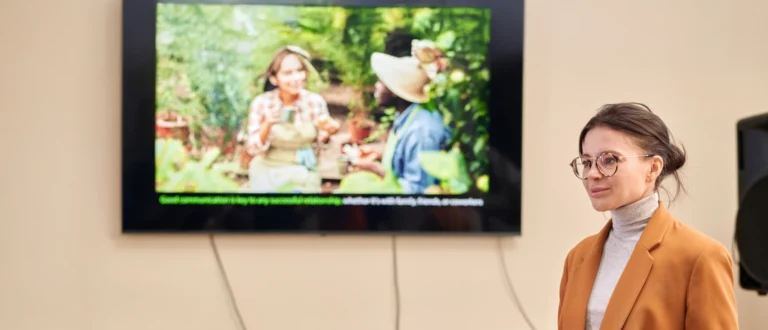When it comes to digital experiences, personalization is the new standard. That’s especially true among the rising generation currently filling high school and college classrooms, making personalization all the more critical for higher education.
Gen Z, defined by the Pew Research Center as anyone born after 1996, has grown up immersed in technologies that increasingly cater to their needs and preferences. Think Amazon, Spotify, Netflix, Alexa. They spend over 8 hours a day online, and a full 98% own a smartphone, meaning the virtual personalized world is always at their fingertips.
No wonder we call them Digital Natives.
The bar for true personalization is high. It’s not just segmentation: sending different messages to groups with similar characteristics. It’s 1:1 digital experiences, unique for every single student.
Fortunately, getting started with personalization isn’t hard, as long as you have the right data. And the impact to student engagement and retention is dramatic. There are plenty of opportunities to integrate personalization into your current enrollment and marketing strategies, and we’ll touch on several of these below.
But first, let’s cover the basics.
What Is Personalization in Higher Education?
Digital personalization means content is tailored specifically to the individual. It takes into account their interests, needs, demographics, past behavior, location and a host of other data points.
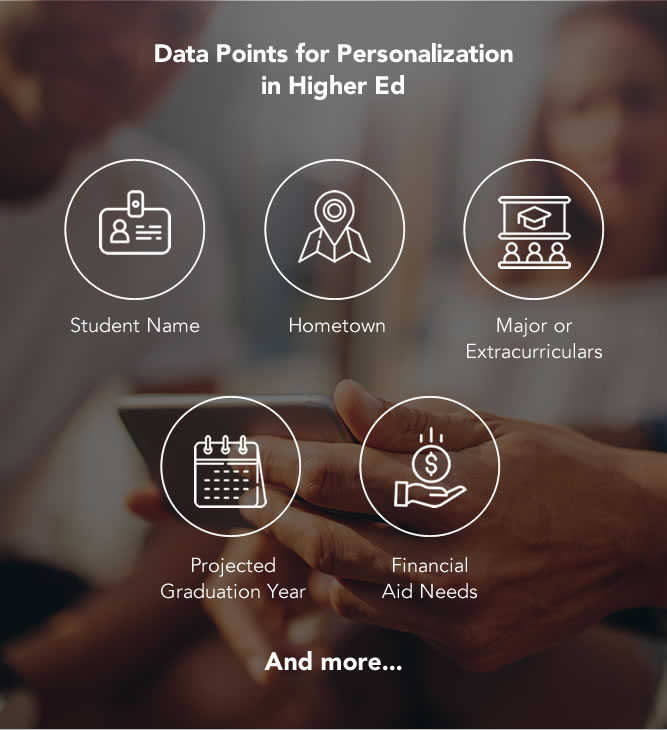
Key Findings: Gen Z Expects Personalization
Overall, modern consumers across generations favor personalization, so it’s still relevant when you’re talking to grad students, continuing education learners and other older populations. Consider this:
- 83% of consumers are willing to share data to enable personalization, according to Accenture.
- 80% of people are more likely to do business with a brand that offers a personalized experience, according to another consumer survey.
With younger age groups, we see an even stronger preference for an integrated, personalized and authentic online experience.
The Center for Generational Kinetics’s annual study reports that a full two thirds of Gen Z expects websites will talk to each other across platforms to create a more personalized experience. This generation doesn’t want to be offline for long, either. About 4 hours is the max before most Zoomers admit they’re uncomfortable.
And when it comes to paying for personalization, Gen Z leads the pack.
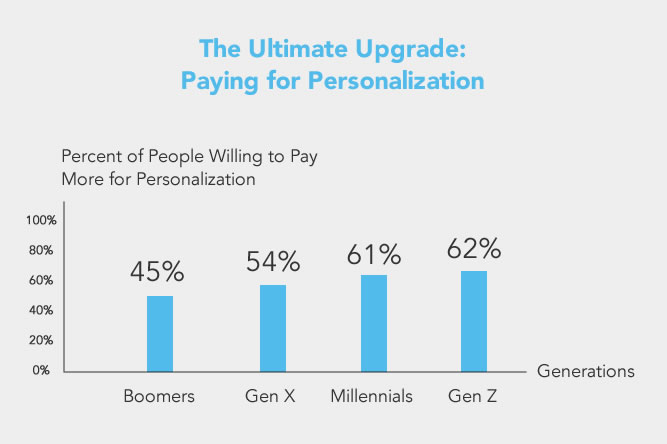
As you can see, personalization is a growing trend. We can only imagine how critical it will be for the next generation of college students.
Personalized Storytelling in Higher Ed to Boost Enrollments
When it comes to storytelling, nothing beats the impact of video. Already, video makes up the vast majority of consumer internet traffic.
Video consumption is highest among Zoomers, who watch 3.4 hours a day, 36% more than millennials. Platforms like YouTube and TikTok are popular, and this generation isn’t all that interested in weeding through pages or paragraphs of text to get to the root of what they need. Video delivers it faster (the brain processes visuals quicker than words), better (it’s easier to retain information) and, frankly, it’s more fun.
But perhaps most importantly, video is a storytelling medium. Personalized storytelling creates a powerful, emotional response for viewers that’s hard to ignore.
Take a look at the enrollment campaign below by Rider University. CTR for the campaign was over 60x higher for the Personalized Video than generic video.
When you put your students in the middle of the story, it helps them envision their future. That’s exactly what University of South Dakota did in their personalized admissions video.
Did you follow the story? In just 65 seconds, you go from an ordinary day any high schooler can identify with to a world of possibilities. Imagine you’re Peyton and you get that kind of an acceptance video (versus a static email from Generic University). Which college would you be more excited by?
Personalization Plus Automation: Filling the Admissions Gap
In 2020, concern for filling fall classes hit an all-time high of 60% among admissions officials. Meanwhile, only 26% of colleges met their enrollment goal by May 1, according to the Gallup survey.
Sound familiar?
It’s a tough situation for admissions offices who face increasing budget and staffing restrictions. Imagine for a second that things were different — what if you could assign an admissions counselor to every single prospective student? What would that counselor do?
Here’s a partial checklist:
- Send reminders for deadlines: Your deposit is due in 3 weeks!
- Provide tips for a killer admissions essay: Drop it into Grammarly to find mistakes.
- Share relevant previews of college life: Like drama club? You’ll love our theater season!
- Provide context to help them make their decision: Our nursing program is #1 in the state.
However the counselor reached out — by SMS, email or an app — it would be personal. You’d use their name. You’d share advice that you think would benefit that student in particular.
When you add in automation and the power of data, you can do this at scale. Send enrollment deadlines to students in a format they’ll actually enjoy. Include their name on some university swag, and they may even want to share the video on social media.
Give them real insight into what they care about. For example, Cedarville University showed different scenes in their welcome video based on the student’s expected major. They touch on how that program will benefit the student, sharing a sneak peek of what it might look like.
As you can see, the video delivers the seamless, customized experience that Gen Z wants. And it illustrates all the elements of good personalization:
- An emotional connection
- Relevant information
- Visual format
To further improve conversions and the opportunity for a bespoke digital experience, you can even make your video interactive. Add CTAs throughout so students can “choose their own adventure.” Depending on where they’re at in their journey to college, they can click to learn more about financial aid, set up an appointment to talk with an admissions counselor or make a deposit that secures their spot.
Now that’s personalization.
Making Personalization in Higher Ed Scalable
The case for personalization in higher education is clear. Of course, you don’t have the time to make thousands of Personalized Videos one by one, so what do you do?
The key is having one video with multiple variations — scenes and customizable fields that change dynamically based on data.
It’s what we do for banks, airlines and a host of industries, but our Personalized Video platform is fully open for organizations to take a DIY approach. In fact, most universities we work with choose the self-serve model, connecting their data and video assets on our platform, which can create 500 or 5 million Personalized Videos in real time. It’s easy to use, so you can launch campaigns for everything from admissions to graduation in as little as 2 weeks.
Want to know how it works? Schedule a demo or check out our education page below to see use cases, success metrics, videos and more.

